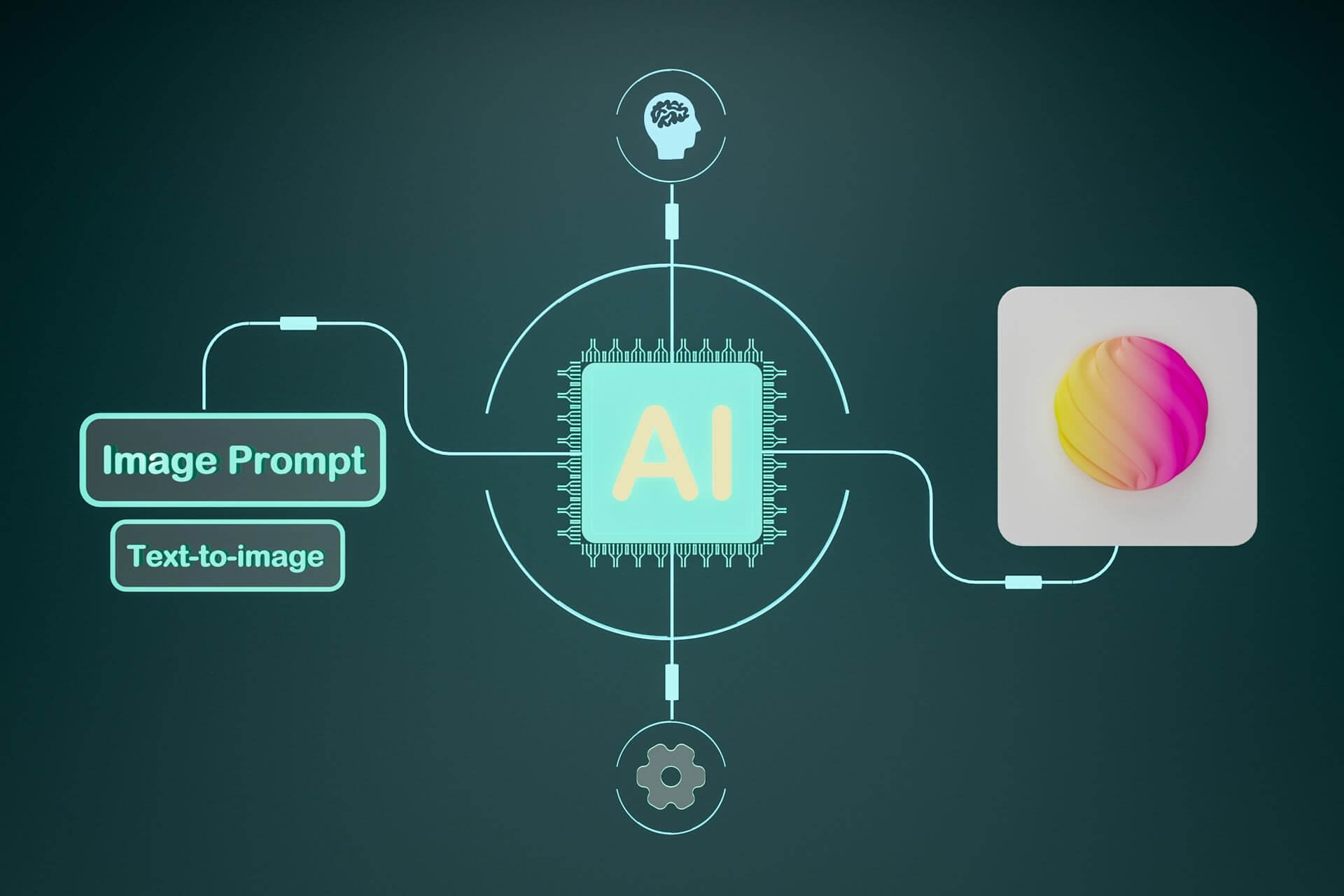Why Automated Meeting Summaries Are the New Frontier in Personal Productivity

Meetings are where we make decisions, generate ideas, and bring plans to life. However, many professionals are holding meetings that do not reach their full potential. You’ll find a lot of time and attention going to waste.
Time spent chatting usually culminates in vague memories and notes. But the meetings are not the problem. Rather, we often fail to capture and act on what is said in meetings.
Automated meeting summaries are filling that void. These services use AI to capture, synthesize, and summarize conversations. They can also provide actionable insights to help you make the most of meetings. As a result, they are becoming a force in individual productivity.
Table of Contents
The Hidden Inefficiencies of Conventional Meetings
The default for recording meetings has always been manual note-taking. However, multitasking causes the note-taker to miss information by dividing attention between listening, thinking, and typing. Beyond losing key points, it can also result in disorganized, unclear notes.
In the remote and hybrid world we currently live in, it becomes even more of a mess. Teams rely on tools such as Zoom, Google Meet, and Microsoft Teams to provide chat logs and video meeting recordings. However, they’re often hard to find, and people might not have time to read them.
Harvard Business Review has said that employees lose about 23 hours a week in meetings. Much of that waste comes from poor documentation and a lack of clarity.
Automated meeting summaries eliminate this inefficiency because they capture and sort meeting information in a matter of seconds. That gives professionals time to focus on the meeting and make the most of it in the following days and weeks.
How These AI Tools Make Your Meetings Smarter
AI-based summary applications employ natural language processing (NLP) and speech recognition to analyze meetings. Typically, the process goes something like this:
- Transcription: The system records the meeting and uses AI to convert the voices into a text transcript.
- Analysis: It identifies subjects, decisions, and action items.
- Summarization: The system generates a brief, readable summary that is more of an outline than a transcript.
- Integration: Integration is possible with platforms such as Asana, Notion, or Slack.
This seamless process will transform an hour of post-meeting clean-up into mere seconds of automation.
How These Tools Drive Real Productivity Gains
Focus During Meetings
Meeting participants no longer have to multitask. They can concentrate to their fullest and be more active and engaged. Instead of documenting, their attention is directed to understanding and contributing.
Significant Time Savings
Think about the 20-30 minutes per meeting that may go into writing, editing, or analyzing notes. Repeat that through multiple meetings per week, and you have so many lost hours. AI takes that off your hands.
Better Accountability
Automated summaries ensure clarity by automatically capturing decisions and assigning tasks. That way, everyone knows the decisions the team made, and they’re all on the same page. Everything stays on track, and there are no misunderstandings.
Transparency and Knowledge Sharing
It’s a significant benefit for individuals who missed the meeting. With these tools, they can read the summary instead of having to watch the full video or sift through a transcript. It saves time and ensures transparency with teams.
Cohesion Within the Organization
Human note-takers can be forgetful. Some may also have a selective interpretation of the meeting or what’s important to record. AI doesn’t have these failings. Summaries are organized in a regular format, thus the information becomes easier to store, search, and retrieve later on.
Transforming Conversation to Action
One of the key benefits of AI meeting summaries is the way they connect communication and execution. They don’t just write, they look for opportunities to take action.
For example, an AI system might identify tasks from a meeting and query the appropriate person or coordinate follow-up reminders to a project management board. This feature simplifies business operations by taking ideas and turning them into actions.
The Twin Challenges of Precision and Privacy
Early AI summary programs often had shortcomings concerning accuracy and accents. They would also often fail when it came to recognizing technical lingo or industry jargon.
Newer tools perform much better in these regards. Current AI platforms rely on sophisticated contextual learning, significantly enhancing their abilities. They know when participants are negotiating a decision, restating a subject, or assigning a task.
Another important issue is privacy. Modern summary services can now offer excellent data protection encryption, permission-based data recording, and regulatory compliance, such as the GDPR. Users have the freedom to decide on what to store, share, or delete.
More Time for What Matters
Automation is increasing, but it isn’t replacing human intelligence. Instead, it is enhancing it. With AI taking over the tedious tasks of transcribing and sorting, people have more time to concentrate and focus on the more human aspects of their work.
A team leader will spend less time writing notes and put more into actually leading. Freelancer workers can peruse brief outlines of client meetings rather than sorting through old recordings. In any case, these AI tools take work off the human professional, allowing them to excel at the high-level tasks while freeing up time.
A Glimpse into the Future
Meetings will take a new form in the future. Consider ending a call and immediately having a clean, actionable summary with dates, decisions, and further action synchronized in your tools. Nobody is required to write minutes or perform follow-up. And importantly, nobody forgets or misunderstands!
Some companies are already seeing these results. The teams that have adopted AI for meeting summaries have shorter turnaround times and cleaner collaboration. And it all comes from using a simple tool that saves time and reduces repetitive labor.